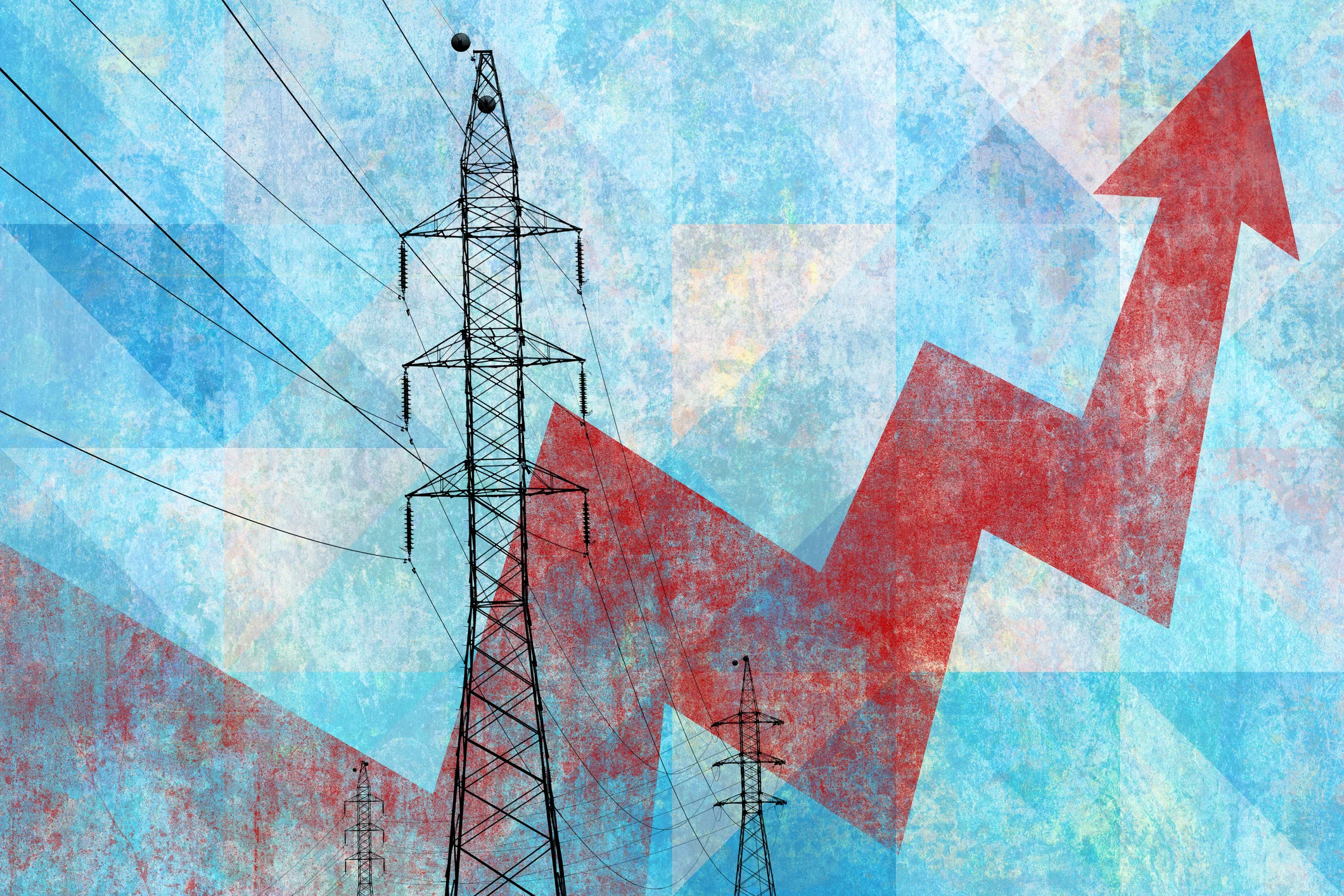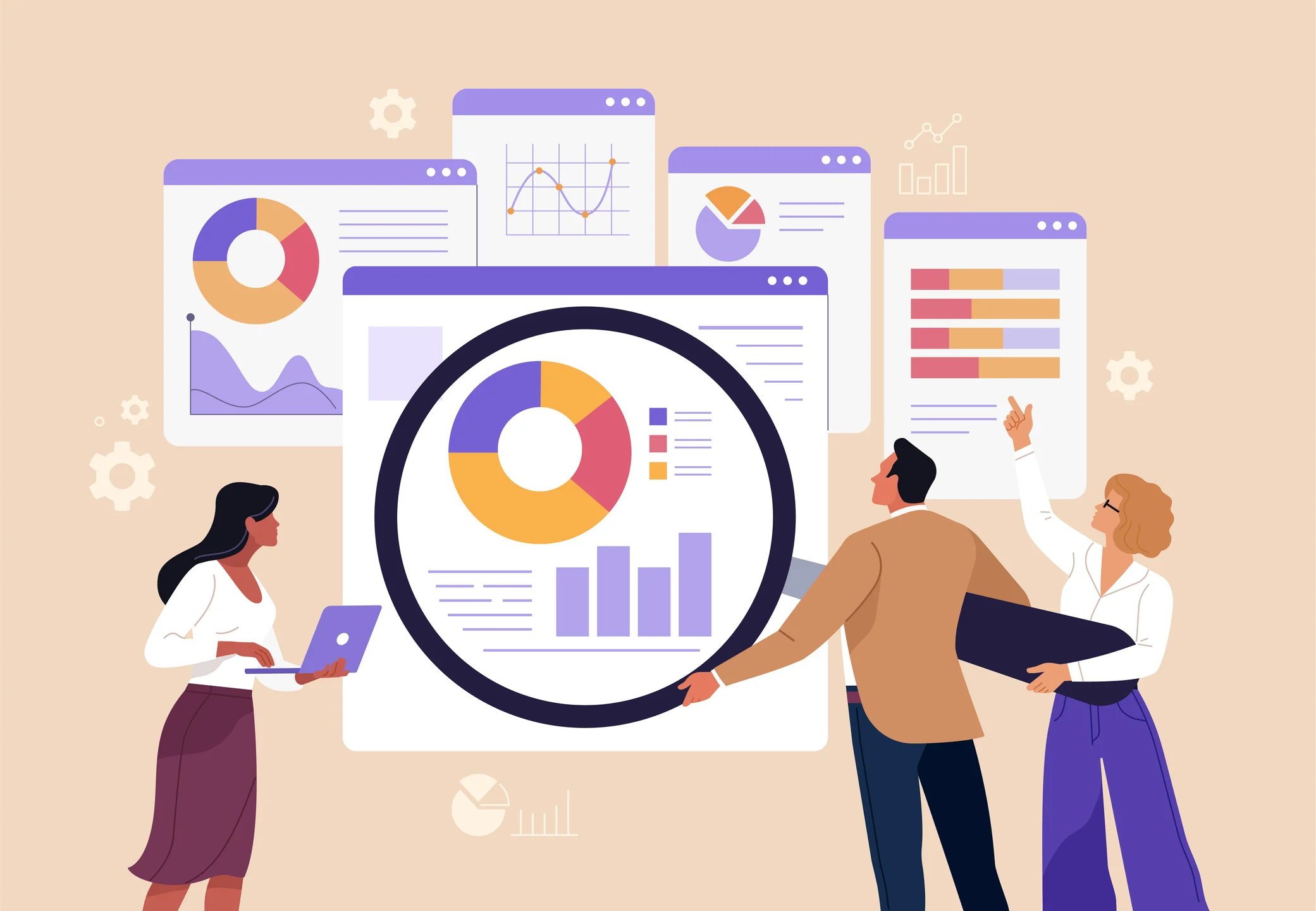Maybe you’re powered up about the Inflation Reduction Act (IRA) clean energy rebates and tax credits available to homeowners and can’t wait to get your hands on a mini-split heat pump, photovoltaic (PV) system, and some back-to-basics insulation. Unless you’re a DIY guru, somebody needs to have the technical knowledge on how to install and repair these items. Not to mention, is your mechanic savvy about that new electric vehicle (EV) you’re eyeing? While these distributed energy resource (DER) technologies are ready for market today, there is often a gap and lag in the workforce needed to enable their smooth rollout. Investing in the people who will power the new energy economy is an essential task that the public and private sector is beginning to tackle–with much work remaining.
What is Workforce Development?
Broadly speaking, clean energy (including distributed energy resources) jobs span multiple sectors (though not uniformly) including manufacturing, information and technology, installation, project development, operations and maintenance, sales, and decommissioning–and the potential for future job growth is significant, especially given recent federal investments in clean energy technologies. Nonetheless, a critical ingredient is needed to enable DER deployment at scale: a trained, skilled, professional workforce. Without that, DER growth may be delayed, hampering the U.S.’s (and the world’s) ability to meet necessary energy and climate goals. Moreover, poor or insufficient workforce experience with distributed energy resource technologies can negatively affect their performance and perception among contractors and consumers.
– Alexandra Aznar, Director of Client Implementation, Virtual Peaker
Workforce development is a broad term that encapsulates multiple strategies that advance the training, skills, and experience of workers in the DER sector, including
- standardized education and training,
- industry-based training, certification, apprenticeships, and
- an understanding of labor market dynamics.
It involves both the training of a new generation of DER workers, as well as the “upskilling” and “re-skilling” of an existing workforce in more traditional sectors. Bringing people into the fold of the new energy economy is an opportunity to make the energy transition already underway more just and equitable.
Clean energy jobs deliver, but still need workers
Clean energy technologies, including distributed energy resources, deliver jobs–often high-paying and place-based (i.e. difficult to offshore)–and this growth is expected to continue. For example, according to the Interstate Renewable Energy Council’s Solar Jobs Census (2021), “The solar industry employs over twice as many workers as the coal industry, and ranks third in total employment among energy industry sectors.” Only a few years ago, wind energy technician was the second fastest-growing occupation in the United States.
Yet, despite the declining costs and continued growth of more established clean energy technologies like solar and wind, these industries still report struggling to find enough trained workers to meet demand.
Within each energy technology sector, there are a variety of job types (e.g. wind and EV examples below), demonstrating how these technologies can provide opportunities to different kinds of workers, but also underscoring the breadth and depth required for a comprehensive workforce development approach to meet all industry needs.
What Does DER Workforce Development Look Like in Practice?
In the U.S. local, state, and federal institutions fund and develop workforce development programs. This is why governments around the world, along with the private sector, are also investing in distributed energy resource (DER) workforce planning and training. Below are a few examples of these efforts to help foster inspiration.
At the Local Level
While electric vehicles have fewer moving parts than ICE vehicles, requiring less maintenance and repair, they aren’t completely immune from visits to the mechanic. Someone will need to maintain the vehicle fleets of tomorrow (and increasingly today). The Cherry Creek School District in Centennial Colorado, is an example of a local community that teaches and certifies aspiring mechanics the ins and outs of electric vehicles at their new automotive technology facility as an option in the high school curricula.
At the State Level
At the state level, Michigan, long the home of the U.S. automotive industry, developed the Michigan Alliance for Greater Mobility Advancement (MAGMA), a consortium of universities, OEMs, suppliers, workforce organizations, and state government to address the automotive industries evolving workforce needs. MAGMA convenes the EV Jobs Academy which through partnerships identifies electric vehicle sector skills needs, and develops curricula and credentialing programs statewide.
At the Federal Level
Lithium-ion batteries underpin several distributed energy resource technologies, but their supply chains are underdeveloped in the U.S. In March 2022, the Biden administration launched the Lithium-Battery Workforce Initiative tasked with strengthening the workforce needed for a domestic battery supply chain. With a budget of $5 million, the U.S. Department of Energy, Department of Labor, and AFL-CIO will develop pilot training programs in “energy and automotive communities” to lay the foundation for a broader national strategy, industry-recognized credentials, and other training programs.
Workforce Development & Distributed Energy Resources (DERs) – The Path Forward
In order to keep pace with global decarbonization efforts, more distributed energy resource workforce development is needed and fast. In fact, there are already concerted efforts underway to make this workforce more diverse and inclusive compared to the traditional energy sector, which is useful in finding the most qualified candidates. For a little inspiration, the Energy Coordinating Agency of Philadelphia’s Heat Pump Training Lab is a recent example–prioritizing recruitment of disadvantaged individuals to its no-cost program to train heat pump installers and technicians. Remember: to mitigate climate change, increase grid resiliency, and lower energy costs more distributed energy resources are needed, which requires a trained workforce to build that infrastructure out.








